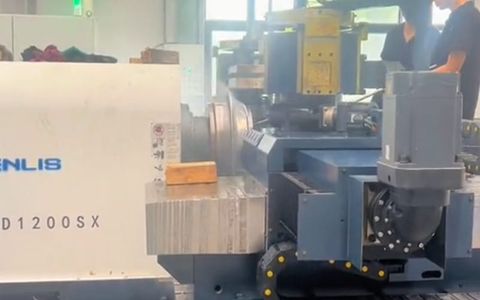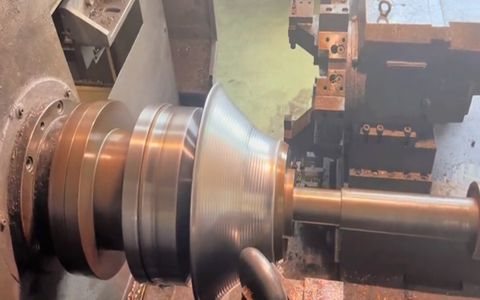Basics of Metal Spinning
Metal spinning, also known as spin forming, is an industrial metalworking process that transforms a flat metal disc or tube into an axially symmetric part through rotation.
Basics of Metal Spinning
Metal spinning, also known as spin forming, is an industrial metalworking process that transforms a flat metal disc or tube into an axially symmetric part through rotation. Unlike other metal forming methods that remove material, metal spinning reshapes it around a mandrel using high-performance spinning lathes. This process can produce a variety of shapes, including conical, toroidal, and round, and can be performed either hot or cold, depending on the metal’s properties and the desired outcome.
In metal spinning, the metal blank is clamped onto a CNC spinning lathe, which rotates at high speeds. Forming tools, often rollers, apply pressure to the metal, gradually shaping it against the mandrel. This method allows for extreme precision and consistency, making it ideal for producing parts with complex geometries and tight tolerances. The ability to handle thick and thin gauges of metal with minimal setup and tooling costs further enhances its versatility.
Industrial applications of metal spinning are vast, ranging from aerospace and automotive components to medical devices and architectural elements. The process is highly valued for its efficiency, cost-effectiveness, and the superior mechanical properties of the finished parts.


 English
English
 Deutsch
Deutsch
 العربيّة
العربيّة

